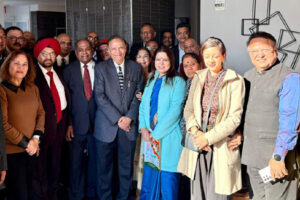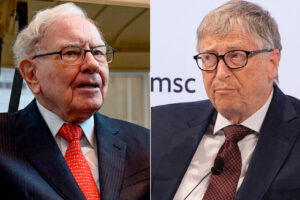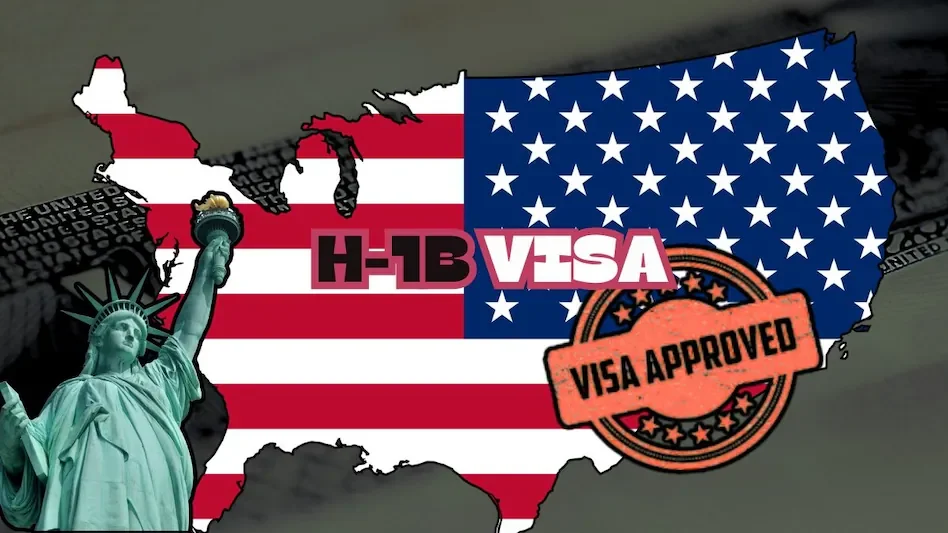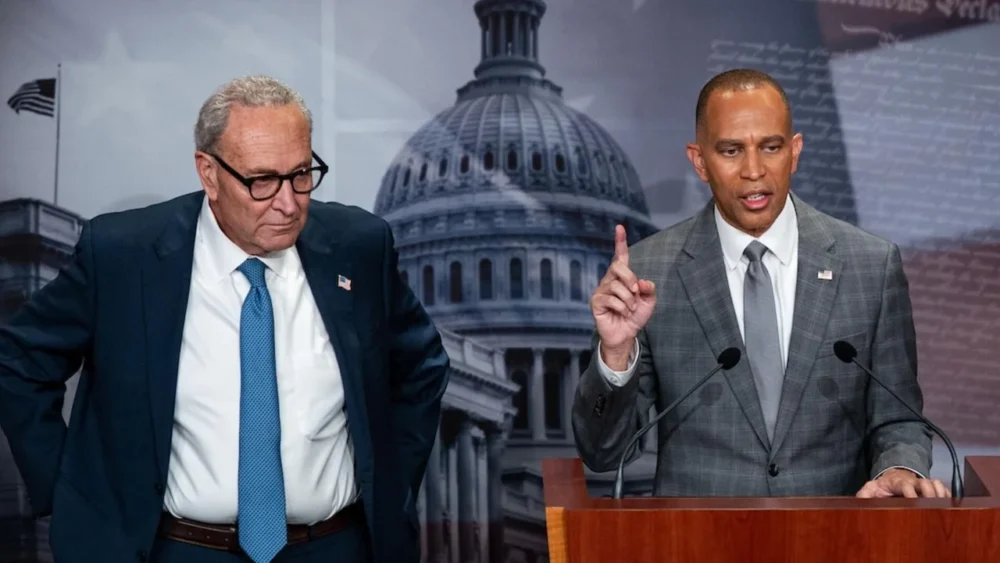US President Donald Trump has imposed 50% tariffs on a wide range of Indian goods, a move that analysts warn could severely impact India’s economy and labor market. The decision follows Washington’s criticism of New Delhi’s continued purchases of Russian crude oil and defense equipment.
With this increase, US tariffs on Indian exports are now significantly higher than those applied to China, South Korea, and Southeast Asian countries. The US remains India’s largest export destination, accounting for $86.5 billion annually. Nearly two-thirds of these shipments now face higher duties, raising fears of job losses and slower growth. Economists estimate the tariffs could reduce India’s GDP growth by as much as one percentage point this fiscal year.
Sectors Under Pressure
While India’s pharmaceutical, petroleum, and electronics sectors remain unaffected, industries such as textiles, leather, seafood, and jewellery are expected to be hit hard. Experts warn exports in these categories could drop by as much as 70%, with overall shipments to the US falling by 43%. Exporters caution that countries like Vietnam, Bangladesh, and Mexico may seize market share, making it difficult for Indian businesses to recover even if tariffs are later reduced.
Russia Oil Dependence Adds Complexity
India, the world’s third-largest oil consumer, continues to rely heavily on Russian crude, which accounts for nearly 40% of its imports. Despite shrinking discounts on Russian oil, India views Moscow as a crucial energy and defense partner. Officials have emphasized that payments in rupees and reliable supplies make Russian crude vital for the country’s energy security.
Although India has saved billions through discounted Russian oil, the financial relief may be offset by the significant losses caused by US tariffs, which could cut India’s exports by nearly $37 billion this fiscal year.
Government Response
Prime Minister Narendra Modi has urged citizens to support domestic goods and hinted at a major policy response to cushion exporters. The government is reportedly preparing tax reforms and financial aid packages to support industries most affected by the tariffs. Essential goods may see tax cuts to boost local consumption, while exporters have requested loan repayment moratoriums and lower borrowing costs to compete with rivals in China and Southeast Asia.
India is also diversifying trade ties, signing a free trade agreement with the UK and signaling cautious openness to Chinese investment. Modi, addressing the global economic climate, said India was prepared to pay a “heavy price” to safeguard its national interests amid growing global protectionism.










